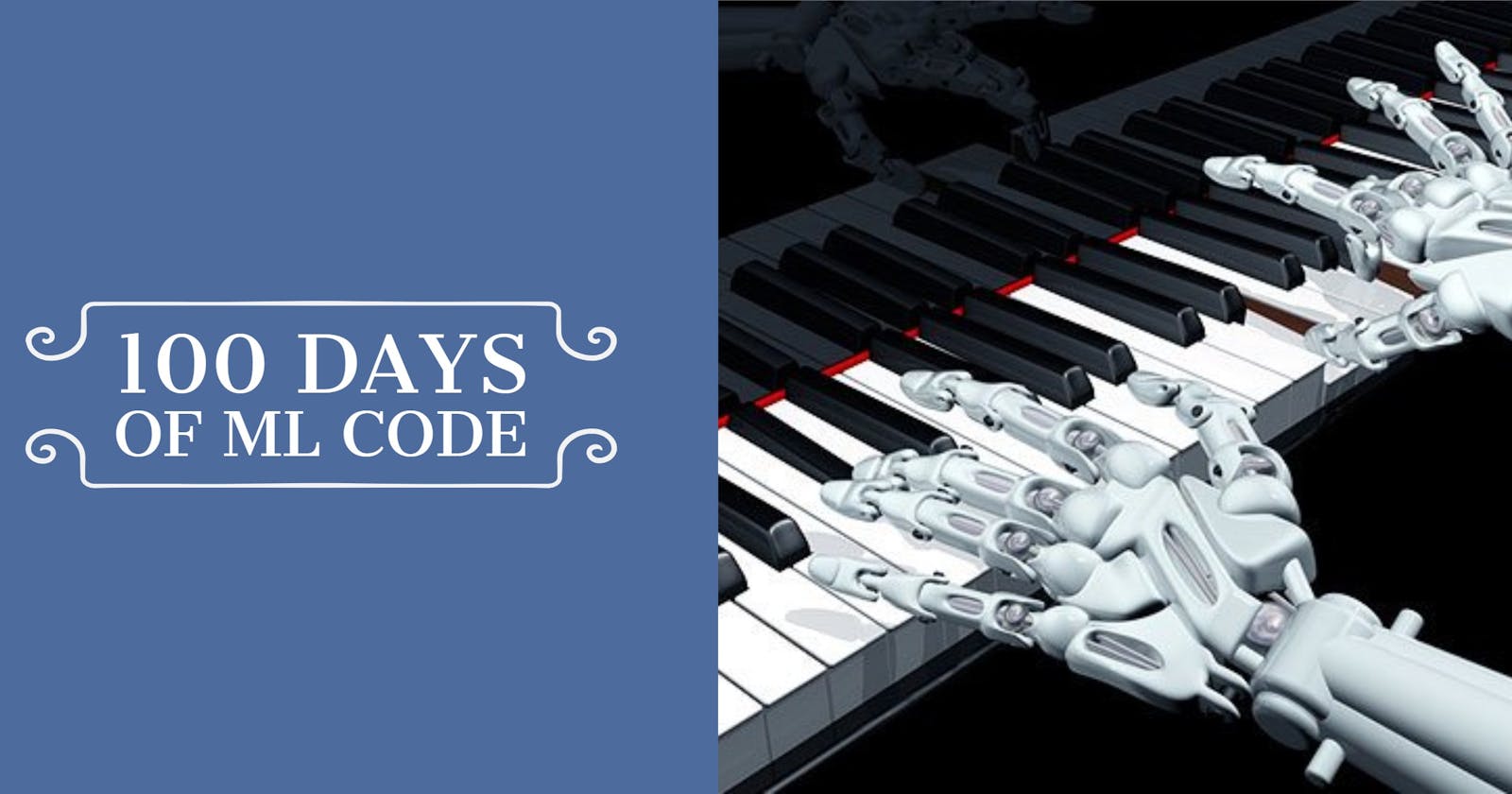Introduction
Machine Learning is one of the most exciting areas of study in computer science right now. Machine learning algorithms lie behind cutting-edge technologies in medical diagnosis, robotics, voice recognition systems, finance, stock trading, energy, load forecasting and even in music. Music streaming sites like Spotify rely on machine learning to sift through millions of options to give you song recommendations. Machine Learning can be really fun wither you are a musician or an artist; machine learning can help you build a new kind of interaction.
What Is Machine Learning?
“Machine learning is a subset of artificial intelligence in the field of computer science that often uses statistical techniques to give computers the ability to “learn” (i.e., progressively improve performance on a specific task) with data, without being explicitly programmed.” — Wikipedia
Machine learning teaches computers to do what comes naturally to humans and animals: learning from experience.
Why Machine Learning?
Do you want to make a completely unique musical instrument that you can control using the movement of your body?
Do you want to create musical instruments that use sensor data or data from your Twitter feed to create sounds that nobody has heard before?
Do you want to build games controlled by gestures so that they can easily be played by those with severe physical impediment?
Machine learning can help you do all of the above.
You can also use machine learning for building systems that respond intelligently to in real-time video or audio. For example, you can use it to build a real-time music visualizer that changes according to the music instrument present in a music.
When you compare it with using programming to build a lot of new technologies out there, in so many applications, machine learning is easier, more effective and more fun.
The truth is this; “you can use machine learning as your creative partner capable of surprising and inspiring you.”
How We’ll Think About Interactive Systems
We’ll think about an interactive system using these three components Input, Processing/Decision-making and Output.
](https://cdn-images-1.medium.com/max/2034/1*fVbj3OqHL1VnfTbQrTMQEQ.png) Credit: Dr. Rebecca Fiebrink
Credit: Dr. Rebecca Fiebrink
If you decide to build an interactive system from scratch without using machine learning, you’ll find yourself spending a lot of time writing and tweaking the processing/decision-making component, figuring out how to write functions that read the input component and decides on the output component.
For you to save a lot of time building your interactive system, you can use machine learning as a tool for building the processing/decision-making component. When using machine learning, that processing/decision-making component becomes your model.
](https://cdn-images-1.medium.com/max/2000/1*hrtat9OPd7j5T6vI-9IA1Q.png) Credit: Dr. Rebecca Fiebrink
Credit: Dr. Rebecca Fiebrink
So, the next time to see or hear about a model in the context of machine learning, just remember that processing/decision-making component. “You can also think of a model as a piece of software or a mathematical function”. What’s important is that a model is something that can compute some output values from the input data.
](https://cdn-images-1.medium.com/max/2000/1*I1OPkJcY7O9EPOhspPXsMQ.png) Credit: Dr. Rebecca Fiebrink
Credit: Dr. Rebecca Fiebrink
Basically, instead of using a human writing code to build the processing/decision-making component as shown in the image above, we will use algorithms to build it from data.
For the type of things we would love to build as musicians, we’ll use a set of Supervised Learning algorithm(More about supervised learning in the next article).
](https://cdn-images-1.medium.com/max/2244/1*xjCqr4vhdQicNNdFHgCOcA.png) Credit: Dr. Rebecca Fiebrink
Credit: Dr. Rebecca Fiebrink
Training data/sets as shown in the image above trains or teaches the learning algorithm what the model should ultimately do. “Each training example consists of one input paired with one example output.”
Today's Conclusion
Today, we’ve learned an introduction to machine learning, a definition of machine learning, why use machine learning and how we’ll think about interactive systems.
My goal in the next 100 days is to help you develop complementary set of perspective and skills from what you might have learned previously or will learn about machine learning elsewhere. “most importantly, I want you to be empowered to make new technologies that you care about, that you weren’t able to create before” In the words of Dr Rebecca Fiebrink.
You made it to the end of day 001. Thank you for taking time out of your schedule and allowing me to be your guide on this journey.

